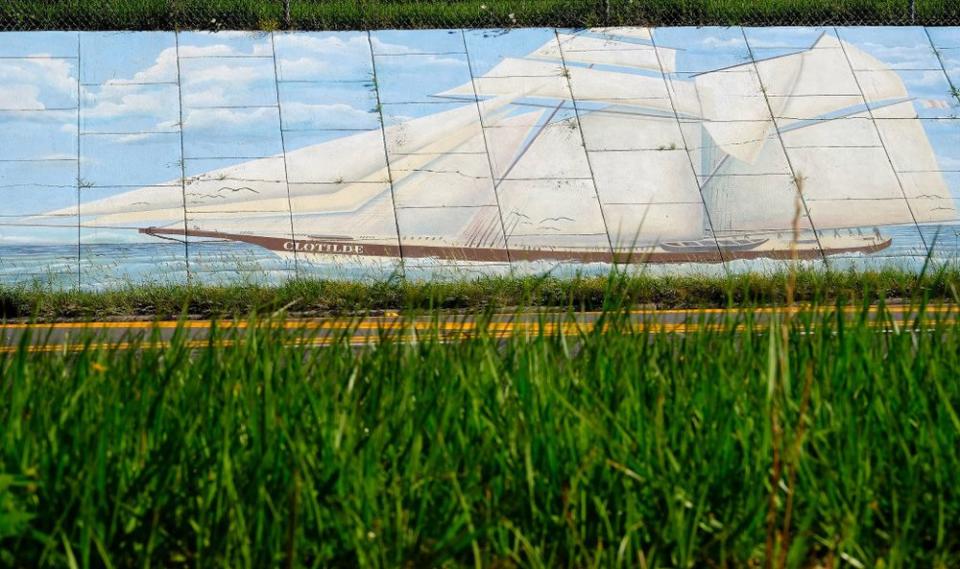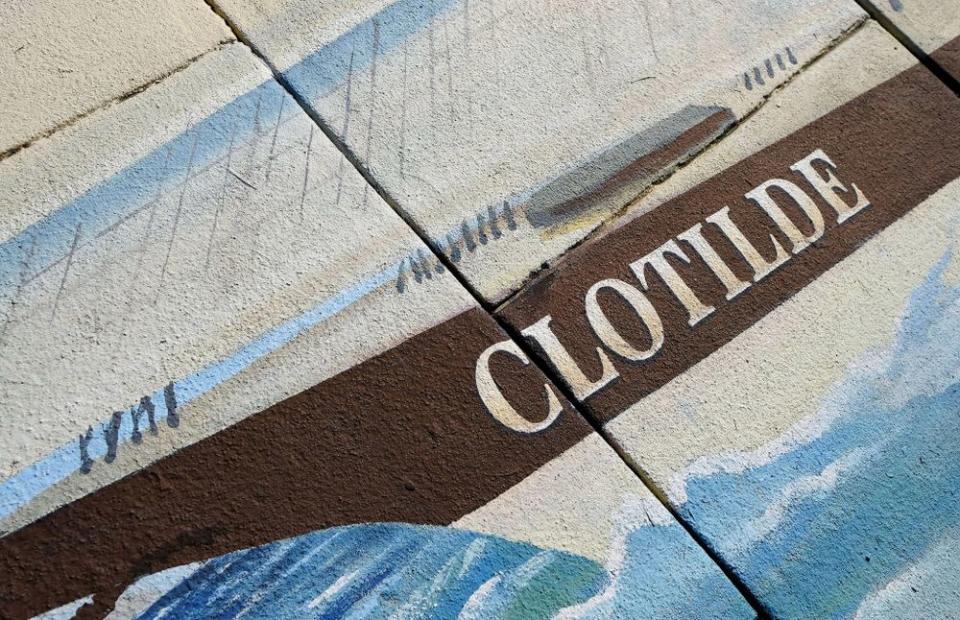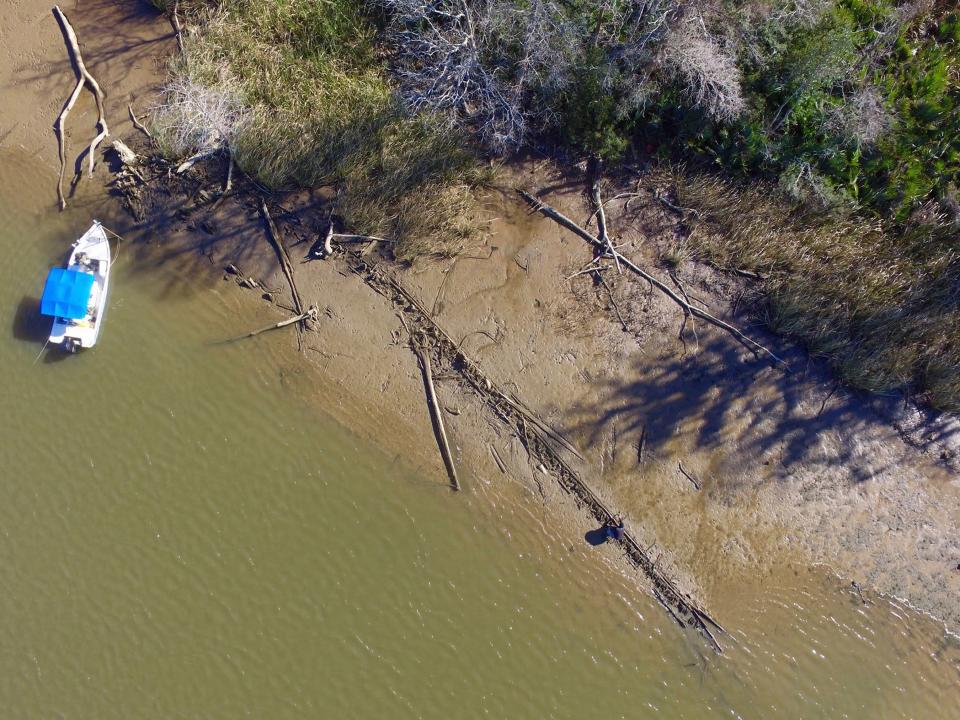Wreckage of the Last Ship to Bring Slaves from Africa Has Been Found Off Coast of Alabama
Pieces of a wooden ship that was the last to transport dozens of enslaved men, women and children from Africa to America in the mid-1800s has been found off the East Coast, officials announced this week.
On Wednesday, the Alabama Historical Commission announced that the remains of the Clotilda, the last ship to bring slaves to the shores of the United States, was found by archeologists along the Mobile River in Alabama.
“The discovery of the Clotilda is an extraordinary archaeological find,” Lisa Demetropoulos Jones, executive director of the commission, told National Geographic about the find. “[The ship’s journey] represented one of the darkest eras of modern history.”
While transporting slaves to America had been made illegal in 1808, the vessel was used in 1860 to ship 110 people from West Africa to Mobile, Alabama. Though slavery was against the law, the demand for free labor remained high, which prompted smugglers to make illegal trips.
This demand, and resentment about the government placing restrictions on slave labor, is what influenced plantation owner Timothy Meaher into making a bet that he could illegally transport Africans to the states using his ship, the Clotilda.
“They were smuggling people as much for defiance as for sport,” historian Natalie S. Robertson told NBC.
After making its voyage without being detected and winning the wager, he burned Clotilda to hide all evidence of his activity.

RELATED: Teacher’s Powerful Black History Month Lesson About Slavery Goes Viral: ‘They Didn’t Steal Slaves’
“The discovery of the Clotilda sheds new light on a lost chapter of American history,” said Fredrik Hiebert, archaeologist-in-residence at the National Geographic Society. “This finding is also a critical piece of the story of Africatown, which was built by the resilient descendants of America’s last slave ship.”
The people who made the trip on the Clotilda remained slaves for five years as the Civil War raged on, and were finally freed when the Confederacy came to an end. Many would then settle their own community known as Africatown, which is still known by that name to this day.

While there were no remaining remnants of the ship that positively identified the wreckage as Clotilda, other evidence, such as metal fasteners made of hand-forged pig iron, and signs that hull was sheathed with copper, point to it being the long lost vessel, maritime archaeologist James Delgado told National Geographic.
RELATED: Virginia School Apologizes After Having Students Play Slavery ‘Game’ for Black History Month
Now there will be discussions on what to do with the surviving parts of the ship, and there have been discussions around creating a national memorial to help teach new generations about the horror of slavery.
“We continue to be confronted by slavery. It keeps popping up because we haven’t dealt with this past,” said Paul Gardullo, director of the Center for the Study of Global Slavery at the National Museum of African American History and Culture, according to National Geographic. “If we do our work right, we have an opportunity not just to reconcile, but to make some real change.”


